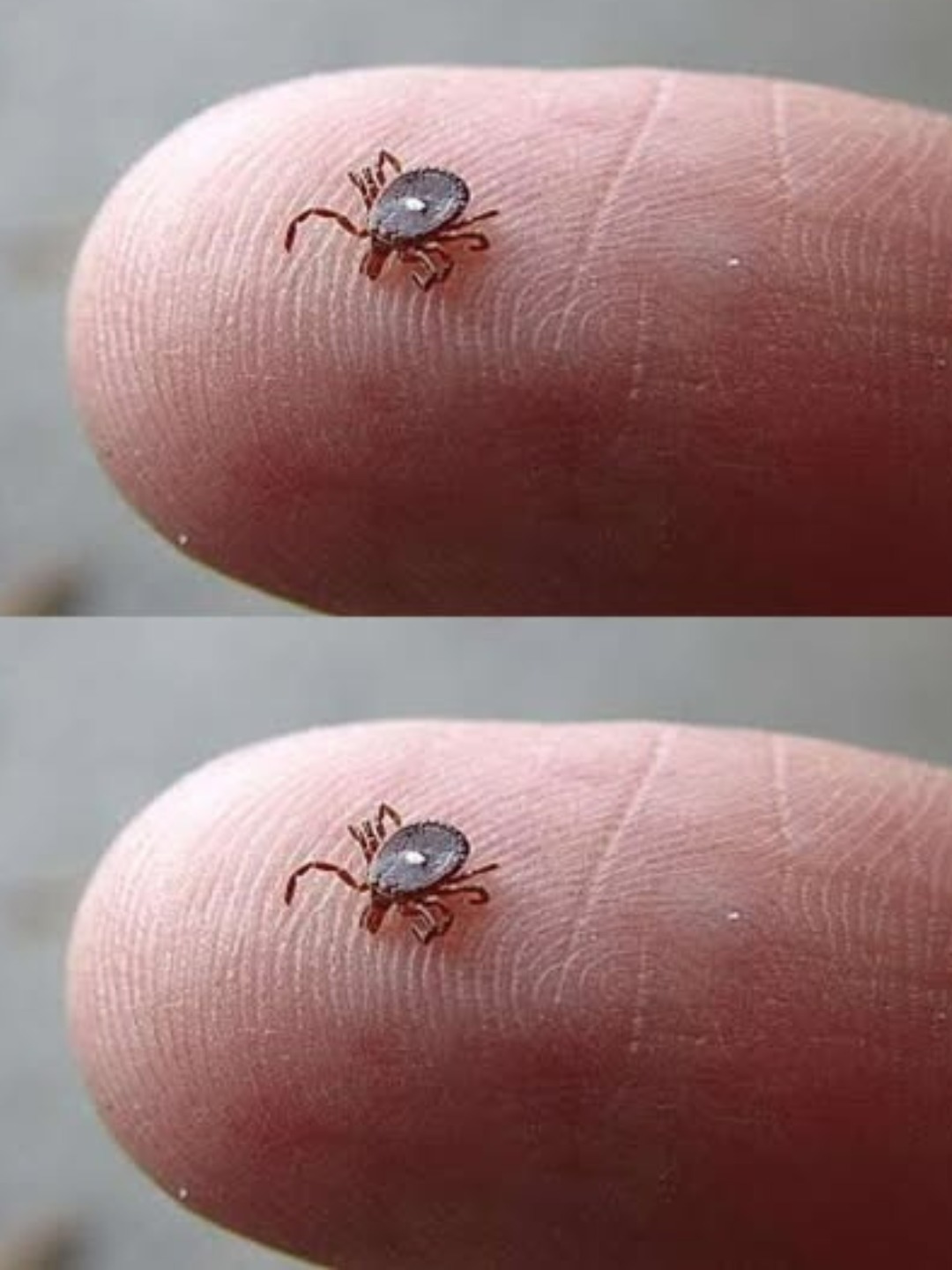HomeHere’s What to Do If You Spot a Lone Star Tick: A Complete Guide
Here’s What to Do If You Spot a Lone Star Tick: A Complete Guide
That moment of dread is unmistakable. You feel a tiny bump or an itch, look down, and find an unwelcome hitchhiker embedded in your skin. If that hitchhiker has a distinctive white dot on its back, you’ve found a lone star tick. Your mind might race with questions about diseases, especially the rare red meat allergy this tick is famous for.
First, don’t panic. Finding a tick is alarming, but swift, correct action dramatically reduces any risk of disease transmission. This guide will walk you through exactly what to do, from safe removal to monitoring your health.
Step 1: Safe and Proper Removal
HomeHere’s What to Do If You Spot a Lone Star Tick: A Complete Guide
Here’s What to Do If You Spot a Lone Star Tick: A Complete Guide
What you’ll need: Fine-tipped tweezers, rubbing alcohol, an antiseptic wipe, and a sealed container or zip-top bag.
Stay Calm and Act Quickly: The longer a tick is attached, the higher the risk of it transmitting pathogens. Remove it as soon as you find it.
Use Pointy Tweezers: Grasp the tick as close to the skin’s surface as possible, right at its mouthparts.
Pull Upward with Steady, Even Pressure: Do not jerk or twist the tick. This can cause its mouthparts to break off and remain in the skin. If this happens, don’t dig around; try to remove them with clean tweezers or leave them alone and let the skin heal.
Clean the Bite Area and Your Hands: Thoroughly clean the bite site and your hands with rubbing alcohol, an iodine scrub, or soap and water.
